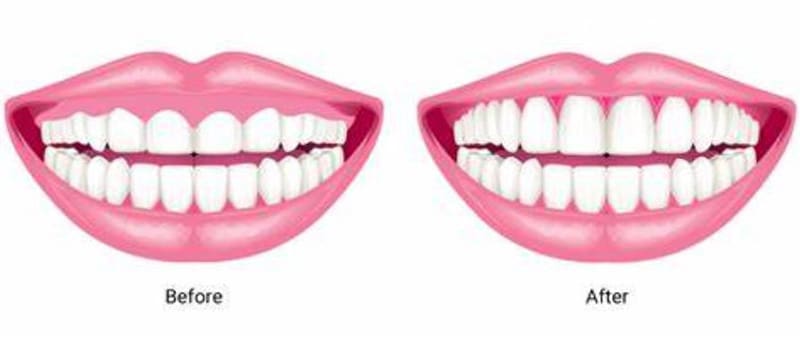
Have you ever felt like your smile looks “gummy” or that your teeth appear too small? Or perhaps your gumline is uneven, making your smile look a little off balance? If so, you’re not alone—and you may be a good candidate for a cosmetic dental procedure called gum contouring.
Gum contouring, also known as gum reshaping or gingival sculpting, is a simple but transformative treatment that can improve the shape and symmetry of your gums. Whether you’re looking to enhance your appearance or address certain oral health issues, gum contouring offers both cosmetic and functional benefits.
What Is Gum Contouring?
Gum contouring is a dental procedure that reshapes or removes excess gum tissue to create a more balanced, aesthetically pleasing gumline. It’s commonly used to:
- Reduce a “gummy” smile (where too much gum tissue shows when you smile)
- Expose more of the tooth surface for a fuller-looking smile
- Even out an uneven gumline caused by genetics or other factors
- Remove overgrown or inflamed gum tissue due to periodontal disease or certain medications
The result is a more natural, proportional smile that enhances your facial appearance.
How Does the Procedure Work?
Gum contouring is usually performed by a general dentist, periodontist, or cosmetic dentist. The procedure is typically done in a single office visit and involves the following steps:
- Consultation and planning: Your dentist will examine your gums, take digital scans or photos, and discuss your goals to create a customized treatment plan.
- Local anesthesia: To ensure your comfort, your dentist will numb the area with a local anesthetic.
- Reshaping the gumline: Using a laser or scalpel, your dentist gently removes or reshapes the excess gum tissue to achieve a more even, balanced appearance.
- Recovery: In most cases, there’s minimal discomfort and healing takes about 1–2 weeks.
Laser technology is often preferred for its precision, faster healing, and reduced bleeding.
Is Gum Contouring Only Cosmetic?
While gum contouring is commonly performed for aesthetic reasons, it can also improve oral health in certain cases. For example:
- Patients with periodontal disease may have excess or inflamed gum tissue that traps bacteria. Removing this tissue can make it easier to keep the area clean and healthy.
- In some cases, gum contouring may be part of a crown lengthening procedure, which exposes more of a tooth’s structure for restorative treatments like crowns or fillings.
So, while many people seek gum contouring for a smile makeover, it can also be part of a broader treatment plan for better oral function and health.
What to Expect After the Procedure
Recovery from gum contouring is usually quick and mild. You may experience some tenderness, swelling, or sensitivity for a few days. Here are a few aftercare tips:
- Stick to soft foods for the first few days (think yogurt, smoothies, soup)
- Avoid spicy or acidic foods that could irritate healing gums
- Follow your dentist’s instructions for brushing and rinsing
- Take over-the-counter pain relievers if needed
Most people return to normal activities the same day or the next, and the final results become visible as the gums heal.
Is Gum Contouring Right for You?
Gum contouring may be a good option if:
- You’re unhappy with the appearance of your smile due to excess or uneven gum tissue
- You have trouble keeping overgrown gums clean
- Your dentist recommends it as part of a larger treatment plan
During your consultation, your dentist will evaluate your gums, overall oral health, and goals to determine if this procedure is the best choice for you.
Small Changes can Make a Big Difference
Gum contouring is a simple yet powerful way to improve the look of your smile and even support better oral hygiene. Whether you’re looking for a cosmetic refresh or need a solution to a gum-related issue, this procedure could be the perfect fit.
If you’re curious about gum contouring, talk to your dentist. A small change to your gumline could lead to a big boost in your smile—and your confidence.
